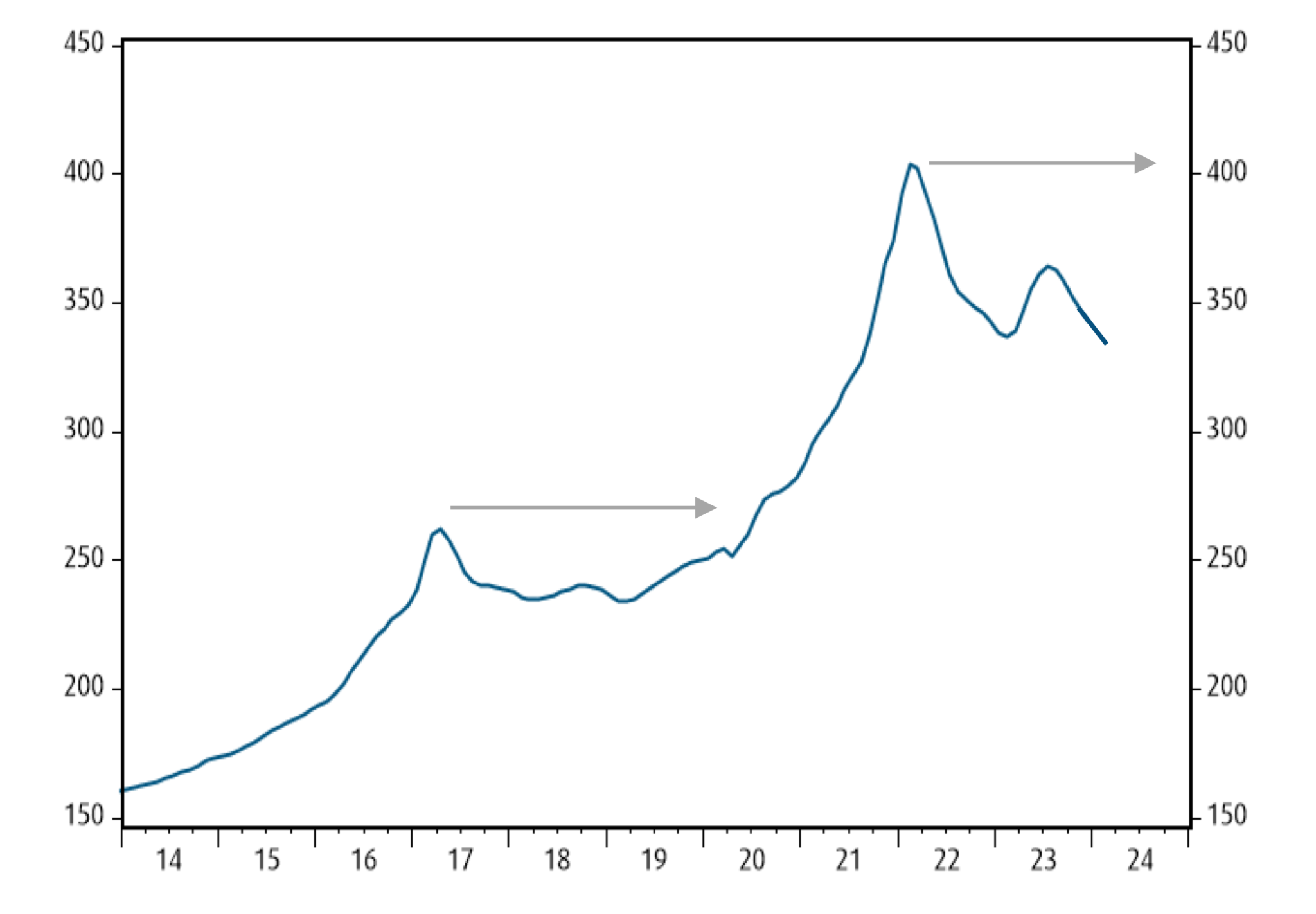In a city where the skyline is often seen as a barometer of financial health, Toronto’s real estate market has recently shown signs of activity that have caught the eye of investors and homeowners alike. While the surge in home sales in January indicates a reawakening, the underlying price trends tell a more sobering story. According to a recent analysis by BMO, one of Canada’s banking giants, the path to recovery for Toronto’s real estate prices is not a short sprint but rather a marathon that will span years.
A Surge in Sales But Not in Prices
January witnessed a remarkable increase in home sales within the Greater Toronto Area (GTA), with seasonally adjusted sales climbing by 10% and unadjusted sales soaring by 39% compared to the same month last year. This resurgence of activity can be attributed to a decline in bond yields since October, making financing more affordable and enticing buyers back into the market.
Robert Kavcic, a senior economist at BMO, notes the influence of lower fixed mortgage rates as a key driver behind this renewed interest. However, despite the uptick in sales, the prices of homes continue to trend downward, a situation Kavcic believes could stabilize through the spring, assuming favorable conditions in rates and the economy.
A Prolonged Path to Price Recovery
The optimism surrounding the surge in sales is tempered by the reality of the market’s price dynamics. Toronto’s real estate market remains about 19% below its 2022 peak, a substantial gap that underscores the challenges ahead. Affordability remains a significant concern, with high rates and stringent investment calculations making a quick return to peak prices unlikely.
The journey back to the highs of 2022 is fraught with both psychological and economic hurdles. Investors, still nursing the wounds from recent corrections, face a market that no longer promises risk-free returns. Meanwhile, potential homeowners find themselves edged out by investors, complicating the affordability crisis further.
Historical trends suggest caution, with previous recoveries in the Toronto market taking years, if not decades, to materialize fully. The aftermath of the 2017 market surge saw prices stagnating for over three years, while the recovery from the 1990 downturn took nearly 12 years, as Kavcic points out.
Looking Ahead
As Toronto’s real estate market embarks on this long road to recovery, the narrative is one of cautious optimism. The recent surge in sales activity, driven by more accessible financing, signals a market that is slowly stirring from its slumber. However, the reality of a protracted recovery process cannot be overlooked. With only modest rate cuts expected in the near term, and affordability challenges persisting, Toronto’s real estate market appears set for a journey measured in years, not months.

The insights from BMO serve as a reminder of the complex dynamics at play in real estate markets, where quick fixes are rare, and patience is often rewarded. For investors and homeowners alike, the coming years will be a test of resilience as Toronto’s real estate market navigates its path back to vibrancy.





